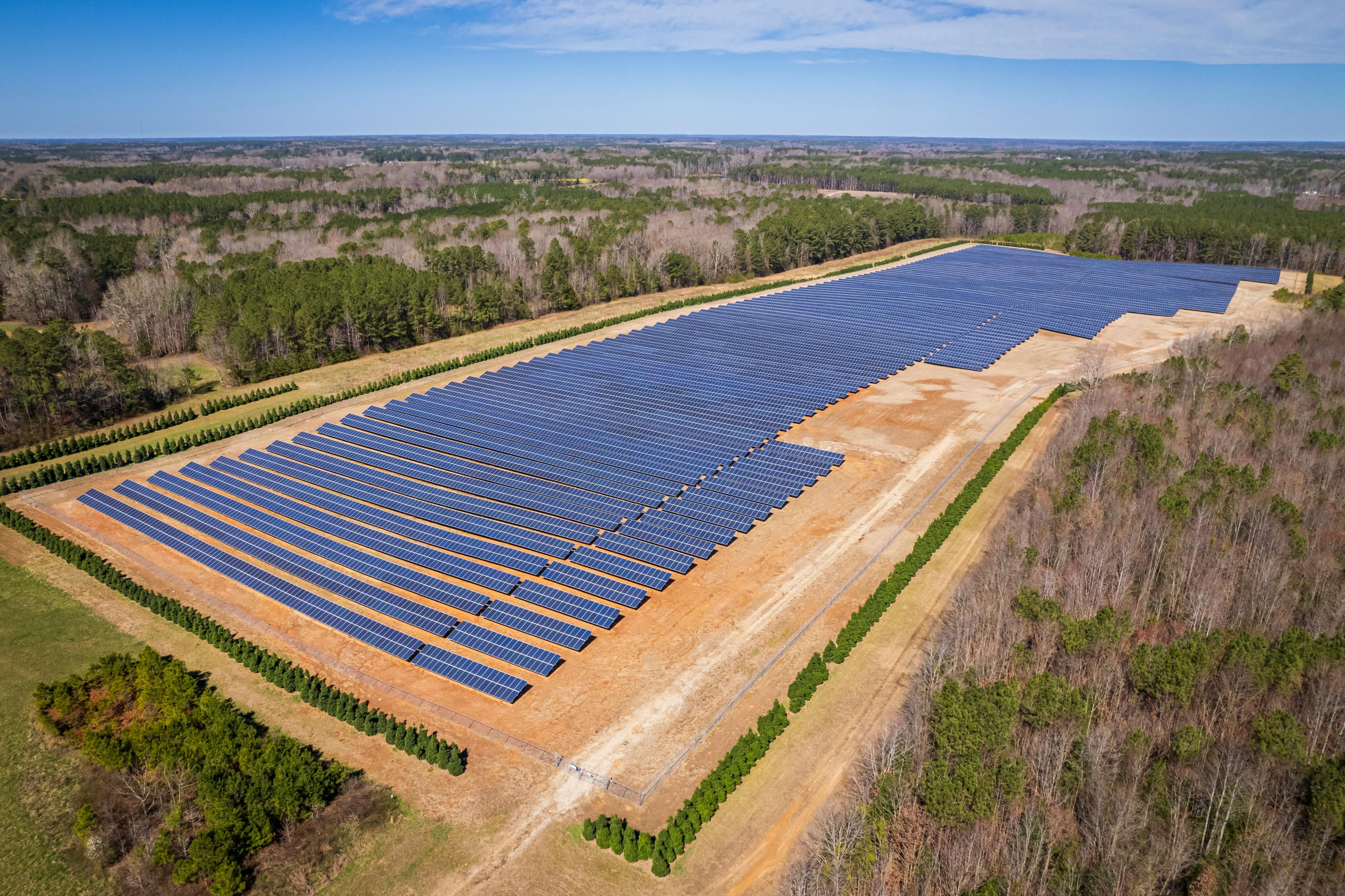If you’ve been thinking about switching to solar energy, the first question that probably comes to mind is:
“Will solar panels even work well where I live?”
The answer depends on several factors: electricity costs, your roof size, orientation, and shade, but one stands out above all others: the number of sun hours your location gets each year.
“Sun hours” refer to the amount of time during the day when the sunlight is strong enough for solar panels to produce electricity efficiently.
It’s not just about daylight, cloudy weather, smog, or shading from trees can all reduce how much usable sunlight reaches your panels.
That’s why solar experts use peak sun hours to estimate system performance.
For example:
- Arizona averages over 3,800 hours of sunshine per year
- California around 3,000–3,200
- Texas roughly 2,800
- New York about 2,500
- Seattle gets around 2,000
That’s nearly a 2× difference between the sunniest and cloudiest states — and it directly impacts how fast your system pays for itself.
How to Find Out How Many Sun Hours You Get
Traditionally, finding this data meant digging through weather databases or using complicated tools.
That’s why we built a simpler way.
At Sunort.com, you can instantly find out how many sun hours your location gets per year — and even calculate how much money solar could save you.
Just:
- Enter your city or ZIP code, or let the site use your location
- Sunort calculates your average annual and monthly sun hours
- You’ll instantly see your solar potential and estimated savings
Try it now: Sunort.com/sun-hours
Why Sun Hours Matter
Because they define your system’s real performance potential.
- Locations with 2,800+ sun hours per year often see a 5–7 year ROI (return on investment).
- Areas below 2,000 sun hours may take longer, but can still benefit from lower bills, tax credits, and clean energy independence.
In short, understanding your local solar potential helps you plan smarter and save more.
Before investing in solar panels, make sure you understand how much sunlight your home actually gets.
It’s the foundation of every accurate solar quote — and the first step toward long-term energy savings.
Check your local sun hours with Sunort
and discover how much solar power your home could produce.

